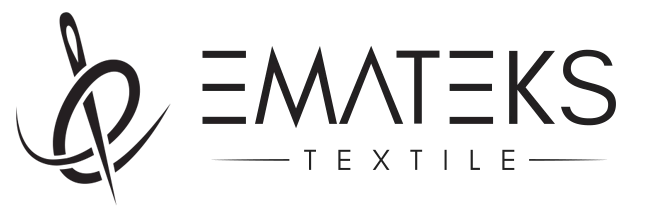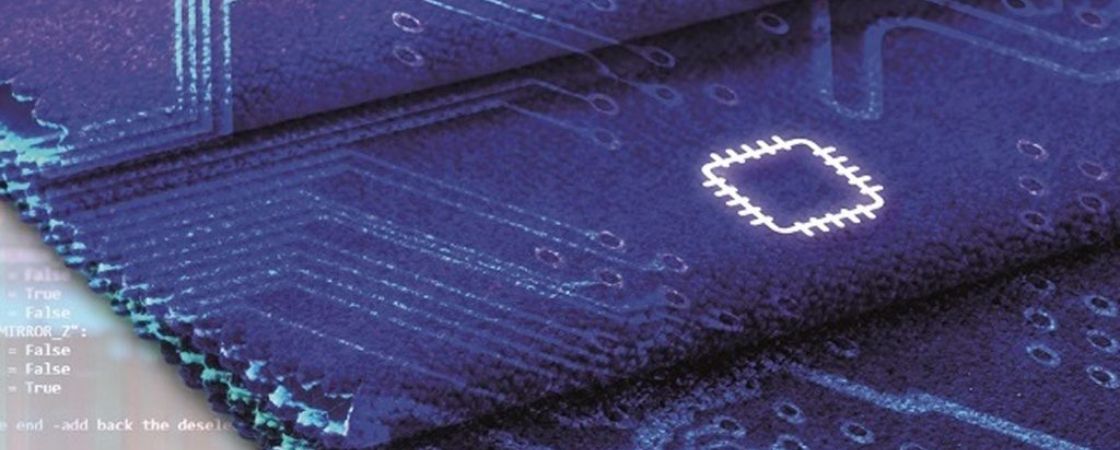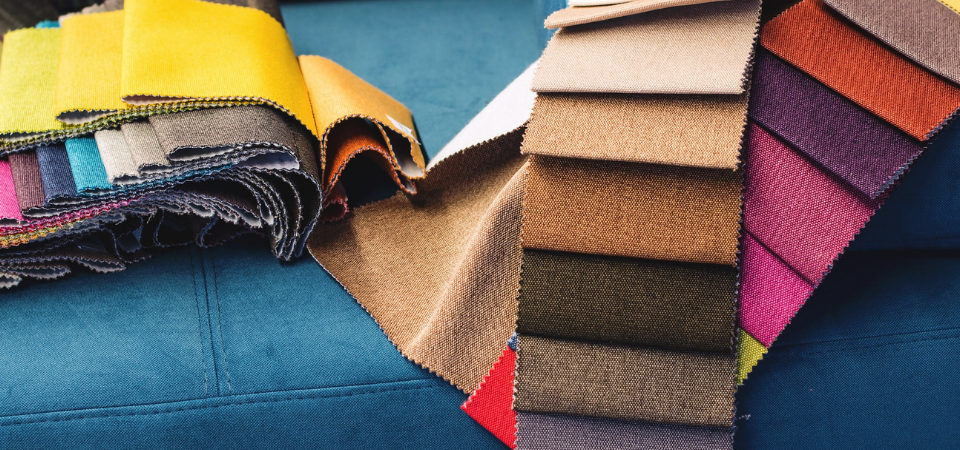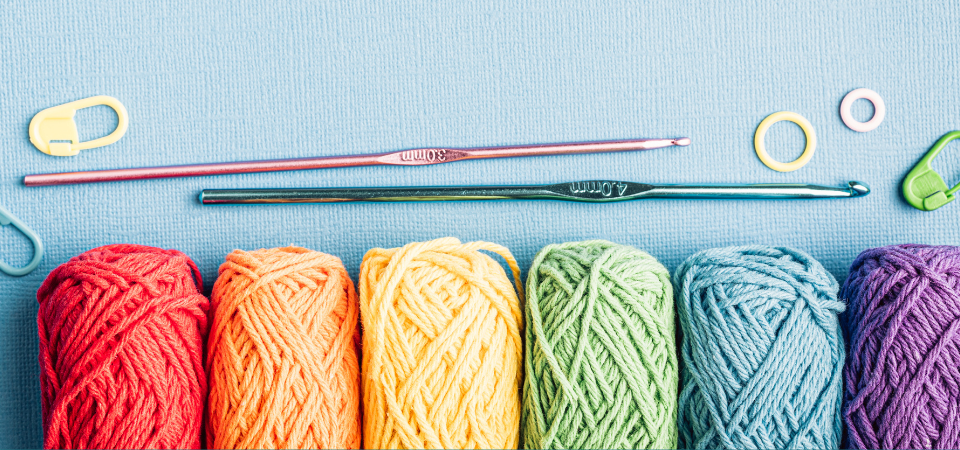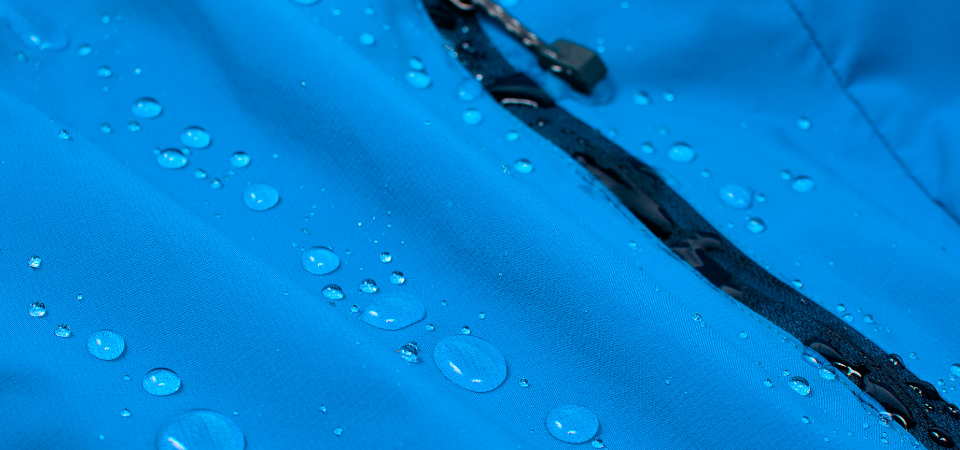
Textile Print Trends Vibrantly Transforming Fashion
October 10, 2023
Definition of Textile Engineering and Its Importance in Textile Industry
October 12, 2023In the fashion world, trends can change very quickly, and promising trends create excitement. One of the most prominent of these trends is smart textiles. This trend, which integrates technology into fabrics, is developing and growing day by day. The technology used in textile products can be used for many situations, from improving everyday life to problem-solving. The principle of operation is quite simple; it detects mechanical, electrical, chemical, or magnetic stimuli from the environment and reacts to stimuli. It is one of the perfect ways to increase the user experience, so it is also seen as the future of fashion. In many fashion shows and fashion shows, this technology has been used frequently. For this reason, it is very important to better understand what this textile is and to learn its usage areas because this technology is much more than a textile product.
What Is a Smart Textile?
Smart textile is used to express special textile products and is obtained by adding electronic components to fabrics. It has a number of features such as the surrounding stimuli and the ability to understand the user’s current status. These features can be integrated into both wearable clothes and the items we use. It is usually possible to see this textile products in sectors such as health, fashion, and safety. Combining technology and textiles, these products can use electrical, thermal, magnetic, or chemical stimuli as a source. They are also called e-textiles and are expected to develop further and collect demand, especially in the future.
History Of Smart Textiles
The way to better understand smart textile products and the technology used is to take a look at the history of this textile. Seeing how much it has changed from the past to the present makes it easier for us to realize how it will improve in the future.
For example, it is possible to see the first steps of e-textile products in the years 1960-1970s. Heat-sensitive thermal fabrics are produced for the space industry. Thus, technology and textiles came together for the first time.
In the 1980 and 1990s, such products, especially in the sportswear area, started to be used. The first steps to adapt e-textile products to daily life have been taken in these years.
In the year 2000s, there were major developments in wearable technology products. These products have started to be integrated into the clothes to monitor health and fitness data.
In the 2010s, these products started to collect more demand from consumers. It has often been preferred to monitor step and sleep tracking, positioning, and health data.
Today, e-textile products develop even more every day. All innovations created by technology are reflected in textile products. These products are also perceived as a kind of wearable computer.
Classification of Smart Textiles
Smart textile is divided into different categories according to the usage areas and the features it has. This basic classification is as follows.
1. Aesthetic
Aesthetic textile products, as the name suggests, are products that stand out with their appearance. Usually features such as color change or luminescence are integrated into textile products. For example, it is possible to see lights that shine or change color on clothes or accessories. In addition, it is possible to see electronic prints on clothes. These patterns and lighting are used for performances or fashion shows. It is possible to see traces of these textiles, especially in the fashion shows of world-famous brands.
2. Performance
E-textile products that stand out in daily life are performance-oriented. It is preferred to follow certain activities such as sports and to make them more efficient. For example, these textile products used in sportswear allow us to follow many things such as pulse measurement, calories spent, and activity tracking. When used for health purposes, sleep, step, and pulse follow-up can be done in a similar way. Thermal clothing is also one of the performance-oriented smart textile products. It is highly functional as it keeps it warm in cold weather.
3. Passive Fabrics
Passive fabrics are in the category of performance-oriented smart textile products. The reason why it is called passive is sometimes due to the fact that it requires little energy at all. For example, a fabric used to balance body temperature is effective in controlling temperature, while not effective in providing active coolness. Fabrics used to measure the level of moisture, either providing extra protection against sunlight thanks to UV protection, are called passive fabrics.
4. Active Fabrics
Another product belonging to the performance-oriented smart textile category is active fabric. These products adapt themselves to the situation according to the information they receive from the surrounding stimuli. It is prepared to meet the needs of the user directly. These fabrics have the feature of deforming. In this way, fabrics can take a soft or harder structure according to need. In addition, it can take shape by shrinking or expanding. In addition, it can provide temperature in cold weather and coolness in cold weather to balance body temperature. Sportswear has features such as applying compression on muscles and commanding with sound.
5. Ultra Smart Fabrics
Ultra-smart fabric is also performance-oriented. They are largely similar to each other with active fabrics in terms of features, but they have more than what active fabrics have. These highly developed technology textile products can produce energy, offer artificial intelligence integration, and add a new form to clothes with reflective features.
How Are Smart Textiles Used in Fashion?
Smart textiles have an ever-increasing popularity, especially in the fashion industry. This popularity is due to the continuous development of technology and the integration of different features into clothes. These textiles are commonly used for performance-oriented. These innovative fabrics used in the fashion industry provide many benefits such as regulating body temperature, providing resistance to harsh weather conditions, and tracking and improving health data. Clothing that protects against high temperatures and UV rays is also ideal for use in both daily life and emergencies and provides great convenience. In the fashion industry, smart contacts can be used to serve many different purposes. It provides many different benefits, from providing security to looking aesthetically more beautiful, and in these aspects attracts the attention of users.
Application of Smart Textiles
These textiles have versatile technology, so it is possible to see these products in many different categories. One of the most common application areas is of course healthcare. The ability to integrate technology into clothing makes it easier to track health data. Physiological signals are followed through this technology and it becomes easier for the user to take care of himself. In addition, data tracking, which has significant effects on health such as pulse, step, and sleep quality, can be done with many different textile products. Security is one of the other application areas. There are technologies that stimulate extreme weather conditions and increase resistance, regulate body heat balance, and transfer health data to relevant units. Finally, the entertainment industry is also a prominent sector among the application areas. Features such as luminous and color-changing outfits, accessories, and ever-changing digital patterns are used during many performances, especially in fashion shows.
